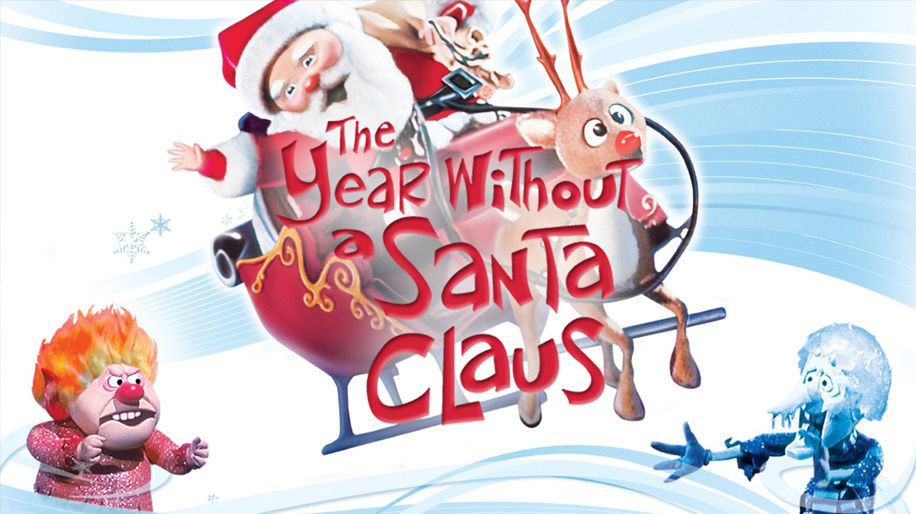Director: Darren Lynn Bousman
Studio: Lionsgate
MPAA Rating: R
The legacy of the Jigsaw killer returns as a new protégé emerges from the shadows to begin taking on corrupt cops!
Okay, so. Samuel L. Jackson and Chris Rock as father and son in a cop flick together? Awesome! It’s a Horror movie you say? Even better! But … The Saw films? Really? I have, wait for it, grave misgivings. But into the madness, we dive!
Meet Detective Zeke Banks (Rock). Living in the shadow of his rather notorious policeman father Marcus (Jackson), Zeke struggles with the cop corruption that seems to have invaded all corners of the police station he works at. To add to his already overloaded plate, Zeke just got a new partner, Detective William Schenk (Max Minghella), a justice-determined man who seems to still be a bit too starry-eyed about being a cop. And then of course a series of Jigsaw-like murders begin happening, and even though they were tainted beyond belief, all cops are brothers (siblings?), and Zeke and Schenk must do their duty and get to the bottom of it!
Let’s be real here, honestly, the Saw traps haven’t been anywhere near as meaningful or at least fun, with Kramer gone and Hoffman a dubious replacement, or other would-be successors. While it might indeed be at least amusing to watch very bad cops get their comeuppance via a Jigsaw-like trap, the traps for this Saw film especially are devoid of any joy, lessons learned or imparted, or even any shred of potential hope for escape. The original Jigsaw’s legacy was just that – he wanted to teach the evil and vile of the world how to claw, sometimes literally, their way back to an appreciation for life, their own, and perhaps someday, others as well. Like Hoffman before him, this new Jigsaw cop killer seems to delight in the irony of the death traps he builds for killing policemen, gleefully aware the entire time that there is no possible escape from any of them. Which makes it not a game at all, but an exercise in, le sigh, torture porn. And while it might make sense, after The Year That Wasn’t 2020, to kinda want to watch some bastard ass cops get tormented to death by a seriously sick mind, that’s a terrible twist to the legacy of the entire Saw franchise. I guess no one really can replace Tobin Bell as John Kramer; his cop deaths at least had style.
So many missed opportunities, like discarded traps plans sitting on a shelf gathering dust, blanket this installation of the Saw films. A chance for Rock to show off acting chops in something other than a comedic role devolves into an opening scene with an uncontrollable crack addict-like joke of an undercover role which could’ve been plucked right out of Rocks’ SNL days. Inevitably Jackson spouts his infamous “m-f-er” catch-phrase, but it’s always tongue-in-cheek and almost cringe-y like we fully expect Jackson to roll his eyes when he thinks the camera isn’t filming him. Another potential missed opportunity is ignoring the fact that Zeke and Marcus are the only main black Detectives in their entire nameless-city precinct apparently, Spiral instead focuses intently on proving the adage that, yes indeed, all cops are bastards. Even the video messages from this new copycat with the familiar, “I want to play a game” refrain, are almost laughable in their attempts to threaten because can’t nobody hold a candle to Tobin Bell’s unforgettable voice, especially not a standard computer deadpan voice-over. It’s just not happening.
A good deal of the film is done in Saw-style explanatory flashbacks and of course, there’s the inevitable cluex4 sum-up at the end of the movie, the reveal of the mastermind and their reasoning behind the execution of all these bad-apple cops. And while we the audience were being spoon-fed the idea that it was Marcus, bitter, foul-mouthed, maverick Detective Marcus Banks as this new Jigsaw copycat if you’re enough of a Saw fan to watch all 8 freaking previous films to get to this point, then you know damn well it’s not Marcus, motherf*cker.
They say Chris Rock is a huge fan of the Saw films, and broached Lionsgate and director Darren Lynn Bousman (Saw II, III, IV) himself about doing another Saw movie, and even co-wrote some of the story, script, and produced plenty of this newest Saw installation, too.
If the legacy of the original Jigsaw is going to live on in these copycat killers, we could do a lot worse than an hour and a half of some Spiral – Saw torture-porn-revenge murders on some corrupt cops!

Movie
‘Mufasa: The Lion King’ Will Leave You Breathless

“Mufasa: The Lion King” is a visually stunning addition to the beloved Lion King franchise, offering a fresh and emotionally resonant take on the origins of one of Disney’s most iconic characters. The film beautifully explores Mufasa’s journey, balancing heartfelt moments with touches of comedy that lighten the mood and make the story accessible to audiences of all ages. The animation is breathtaking, capturing the vibrant landscapes and lush environments of the Pride Lands, adding depth to Mufasa’s character and his relationships.
The storytelling is compelling, effectively pulling at the heartstrings while providing insights into Mufasa’s character before he becomes the legendary king. However, the setup for Scar’s betrayal feels somewhat underdeveloped, lacking the deeper motivation that could have enriched their complex brotherly relationship. This missed opportunity leaves a slight gap in understanding Scar’s actions, which could have elevated the dramatic stakes.
The musical score is impressive, featuring memorable songs that enhance the emotional impact of pivotal scenes. While there are several standout tracks, one song, in particular, resonates deeply and is sure to linger in viewers’ minds long after the credits roll. Overall, “Mufasa: The Lion King” is an amazing film and a worthy addition to the Lion King lore that manages to deliver both laughter and tears, offering a rich tapestry of storytelling that fans will appreciate.
Movie
Is ‘Kraven the Hunter’ a Total Letdown?

“Kraven the Hunter,” directed by J.C. Chandor, aims to introduce a beloved Spider-Man villain to the big screen, but unfortunately, it falls short of expectations. The film suffers from noticeable issues, notably an overuse of ADR (Automated Dialogue Replacement), which detracts from the authenticity of the characters’ interactions and contributes to an uneven audio experience. This technical flaw is compounded by rough storytelling that feels disjointed and lacking in coherence, leaving viewers struggling to connect with the narrative.
Aaron Taylor-Johnson delivers a commendable performance as Kraven, showcasing the character’s gritty nature and complex motivations. His portrayal has potential, and it’s evident that he could elevate the character far beyond what is presented with a stronger script and direction. However, the absence of Spider-Man, a central figure in Kraven’s lore, leaves a void that the film struggles to fill. Without this critical connection, the plot meanders and fails to create the tension or stakes that fans of the superhero genre crave.
Additionally, including Rhino as a villain feels like a missed opportunity; he is presented more as a gag character with limited screen time, undermining any sense of threat or depth. For the average moviegoer, “Kraven the Hunter” might entertain but ultimately feels like a mediocre viewing experience. Comic book fans, however, may find disappointment in this lackluster attempt to create a solo character film. Instead of an exhilarating dive into Kraven’s world, the film presents a watered-down version, leaving audiences wishing for a more cohesive vision that honors its comic book roots.
Movie
A Brief Review and History of A Year Without a Santa Claus

A Year Without a Santa Claus, the 1974 stop-motion holiday classic produced by Rankin/Bass, is a heartwarming and whimsical tale that has cemented its place in holiday traditions. Based on Phyllis McGinley’s 1956 book, the story revolves around a disheartened Santa Claus who, feeling unappreciated, decides to take a year off from his Christmas duties. It’s up to Mrs. Claus and a pair of well-meaning elves, Jingle and Jangle, to reignite the Christmas spirit and show Santa the world’s unwavering belief in him.
The movie is beloved for its unforgettable characters, especially the bickering Miser Brothers, Snow Miser and Heat Miser. Their catchy, vaudeville-style musical numbers, “Snow Miser Song” and “Heat Miser Song”, are so iconic they’ve become cultural touchstones, often parodied and celebrated decades later.
Directed by Arthur Rankin Jr. and Jules Bass, the film continues the duo’s tradition of stop-motion magic, blending heartfelt storytelling with quirky humor. The voice cast, featuring Mickey Rooney as Santa and Shirley Booth as Mrs. Claus, delivers standout performances. Booth’s warm narration was her final acting role before retirement, adding a layer of poignancy to the film.
Initially released on December 10, 1974, on ABC, the special didn’t immediately achieve the legendary status of Rudolph the Red-Nosed Reindeer. However, it gained a dedicated following through annual holiday airings, nostalgic appeal, and its distinct charm.
The film’s themes of hope, unity, and rekindling joy remain timeless, making it a perennial favorite for audiences of all ages. Its blend of humor, catchy songs, and a touching message about believing in magic and goodwill ensures its enduring legacy during the holiday season.
For fans of holiday classics, A Year Without a Santa Claus is a must-watch that never fails to warm hearts and spread cheer.

